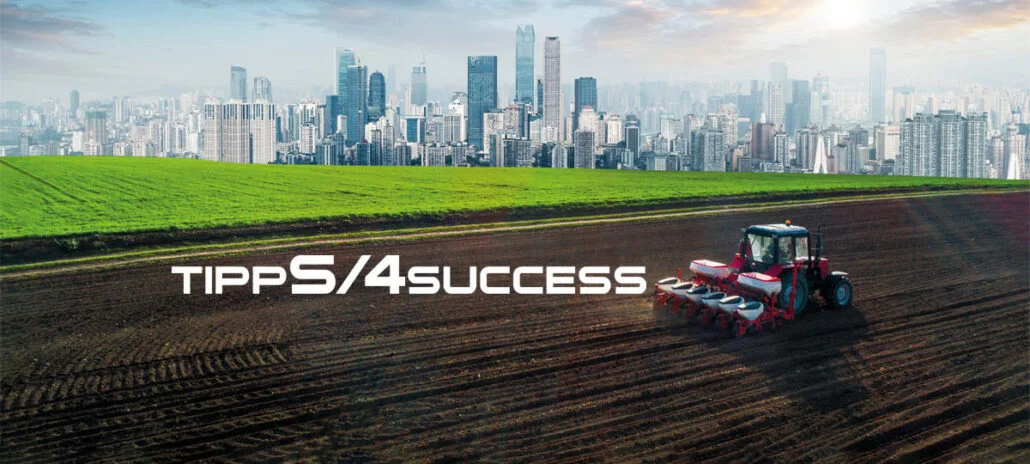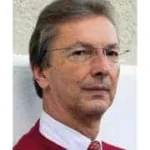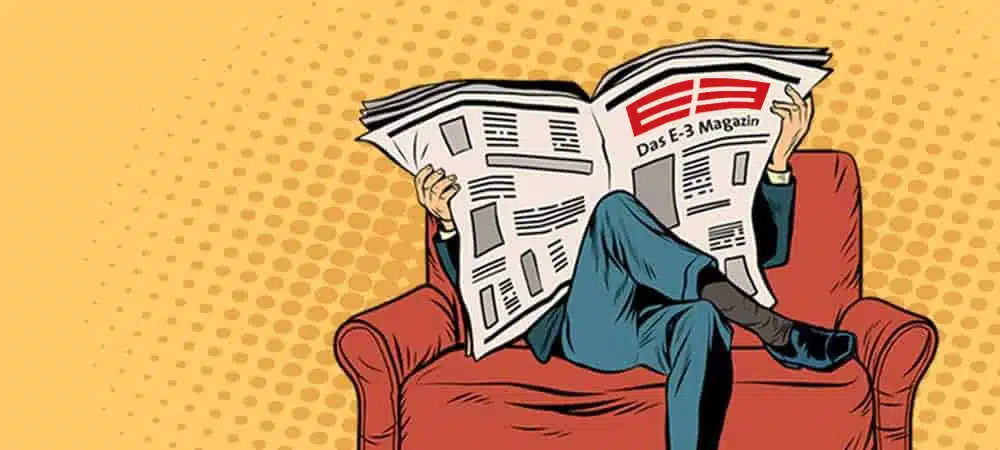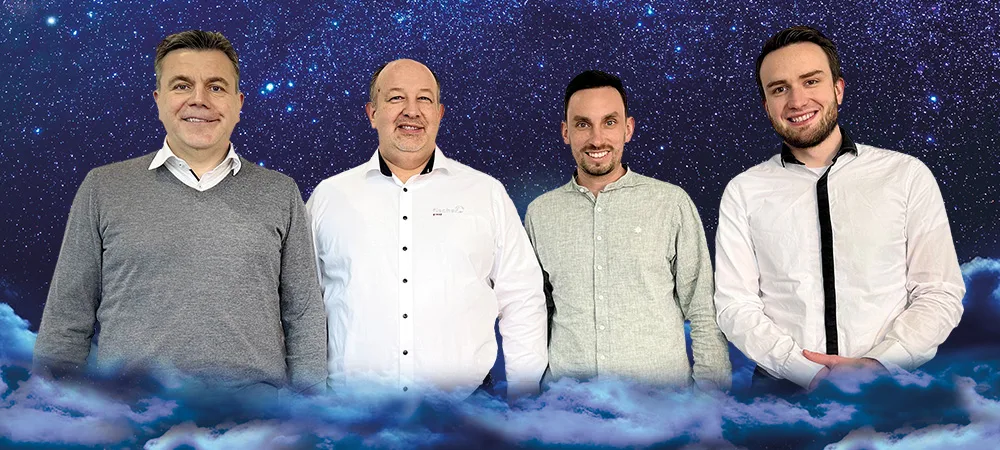Is the S/4 strategy still up to date in 2022?


In business administration, successful corporate strategies are those that are scheduled for three to a maximum of five years and are also implemented operationally within this period. In our fast-moving times, their IT strategies must have even shorter timeframes. S/4 and the SAP Cloud are already celebrating their seventh anniversary and the SAP community is asking itself where they stand with the SAP strategy and what the future holds.
Since the S/4 Hana presentation by Bill McDermott and Hasso Plattner, there has been a generational change at Executive Board level, but no new status on the S/4 strategy. Perhaps this is due to the fact that the implementation of the last SAP strategy by Christian Klein is much more complex than planned. Has SAP possibly chosen the wrong technological approaches for the strategic transformation? Because that is precisely what there are many signs of.
The tools for technical transformation with the variants of transition, brownfield or greenfield, are far too complex and their development times take too long. Not only were tools developed using a wide variety of methods and technologies, but these were repeatedly discarded or changed more often. A technical connection of the tools in the SAP-Activate, for example, would have defused the complexity and saved time.
Instead of simplifying, standardizing and accelerating the transformation tools, SAP had to adapt parts of the strategy due to pressure from existing customers. For example, the "cloud only" approach was changed to hybrid system architectures. For customers, it appears as if there is no clear and central control of SAP for the transformation tools.
The system integration of all software modules was one of the key success factors in SAP's past history. However, with the many strategic product acquisitions by SAP in recent years, the focus on their integration into the central core system has been lost. This approach has not only had a temporal impact, but also a system-technical impact at the strategic level. Successful hybrid system landscapes and cloud solutions require full software integration. Christian Klein recognized the problem, but working it out not only cost a lot of valuable time, but also money.
But what impact do such strategic issues have on SAP customers? Here is just a brief excerpt or hint, limited to the target group of existing customers. It can be assumed that all existing SAP customers will (have to) complete the necessary transformation in some form. Most small and medium-sized enterprises will be able to accomplish the technology change with any variant from R/3 to a hybrid S/4 landscape in the appropriate time.
The situation is different for large existing customers. A purely "technical" transition, even with many SAP systems, interfaces and in-house developments without any system changes, should be feasible even in five years. However, the large SAP customers with the brownfield or greenfield variant require their own strategies. These implementation projects must be prioritized, focusing only on the core processes and their latest technologies for time reasons.
The examples cited show that both SAP's efforts to convince customers of the added value of the S/4 Hana strategy and the measures to implement it are taking too long. From a strategic point of view, the greatest danger for customers is that the IT technologies are already obsolete again as a result of the long transformation period. This not only has a negative impact on IT, but also on the entire corporate strategy.








